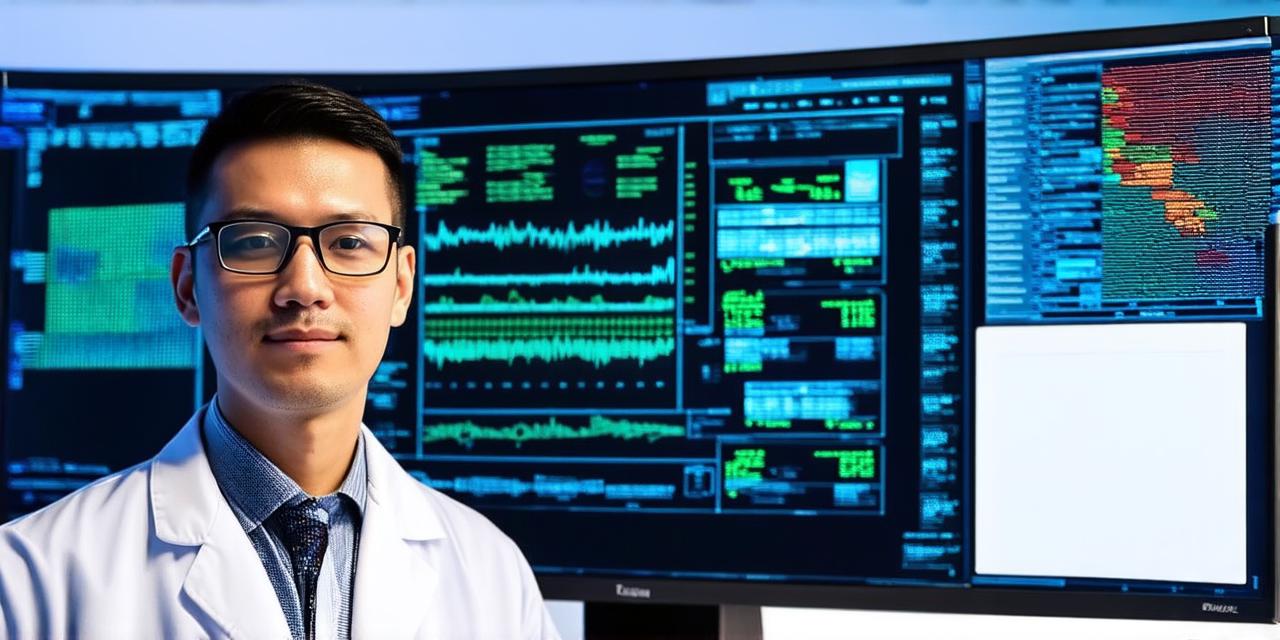Introduction
Computer vision is a branch of artificial intelligence (AI) that focuses on enabling computers to interpret and understand images and videos. It involves analyzing image data to identify patterns, objects, and relationships within the scene.
Image processing, on the other hand, refers to the techniques used to enhance, manipulate, or transform digital images. It is often used in conjunction with computer vision to improve the accuracy of image analysis and recognition tasks.
Main
The main goal of computer vision and image processing is to extract meaningful information from visual data, which can then be used for a wide range of applications, including:
- Facial recognition: enabling computers to identify individuals based on their facial features
- Object detection: identifying objects within an image or video stream
- Image enhancement: improving the quality of images by adjusting brightness, contrast, and color balance
- Medical imaging: analyzing medical images such as X-rays and MRIs to diagnose diseases
Challenges in Computer Vision and Image Processing
Despite the many advances in computer vision and image processing, there are still several challenges that need to be overcome. These include:
- Lighting conditions: variations in lighting can affect the accuracy of image analysis and recognition tasks.
- Background clutter: objects in the background of an image can interfere with the accuracy of object detection and recognition tasks. This is particularly challenging in real-world scenarios where background clutter is common.
- Occlusions: objects that block or obscure other objects within an image can make it difficult to accurately identify and analyze them.
- Image noise: noise in images can affect the accuracy of image analysis and recognition tasks. There are several types of image noise, including Gaussian noise, salt-and-pepper noise, and quantization noise.
Real-Life Examples
Facial recognition: facial recognition technology is used in a wide range of applications, including security systems, social media platforms, and unlock smartphones.
Self-driving cars: computer vision and image processing technologies are used to enable self-driving cars to accurately detect and respond to objects in their environment.
Medical imaging: computer vision and image processing techniques are used to analyze medical images such as X-rays and MRIs to diagnose diseases and monitor patient progress.
Agriculture: computer vision and image processing technologies are used to monitor crop growth, identify pests and diseases, and optimize irrigation and fertilization schedules.
FAQs
1. What is the difference between computer vision and image processing?
Computer vision focuses on enabling computers to interpret and understand images and videos, while image processing refers to the techniques used to enhance, manipulate, or transform digital images.
2. How do computer vision and image processing work together?
Computer vision often uses image processing techniques to improve the accuracy of image analysis and recognition tasks. For example, image enhancement can be used to improve the quality of images, making it easier to detect objects within the scene.
3. What are some common challenges in computer vision and image processing?
Lighting conditions, background clutter, occlusions, and image noise are all common challenges in computer vision and image processing. These challenges can affect the accuracy of image analysis and recognition tasks.
4. How has computer vision and image processing impacted our lives?
Computer vision and image processing have had a significant impact on our lives by enabling us to extract meaningful information from visual data. This has led to advancements in a wide range of applications, including security systems, self-driving cars, medical imaging, and agriculture.
